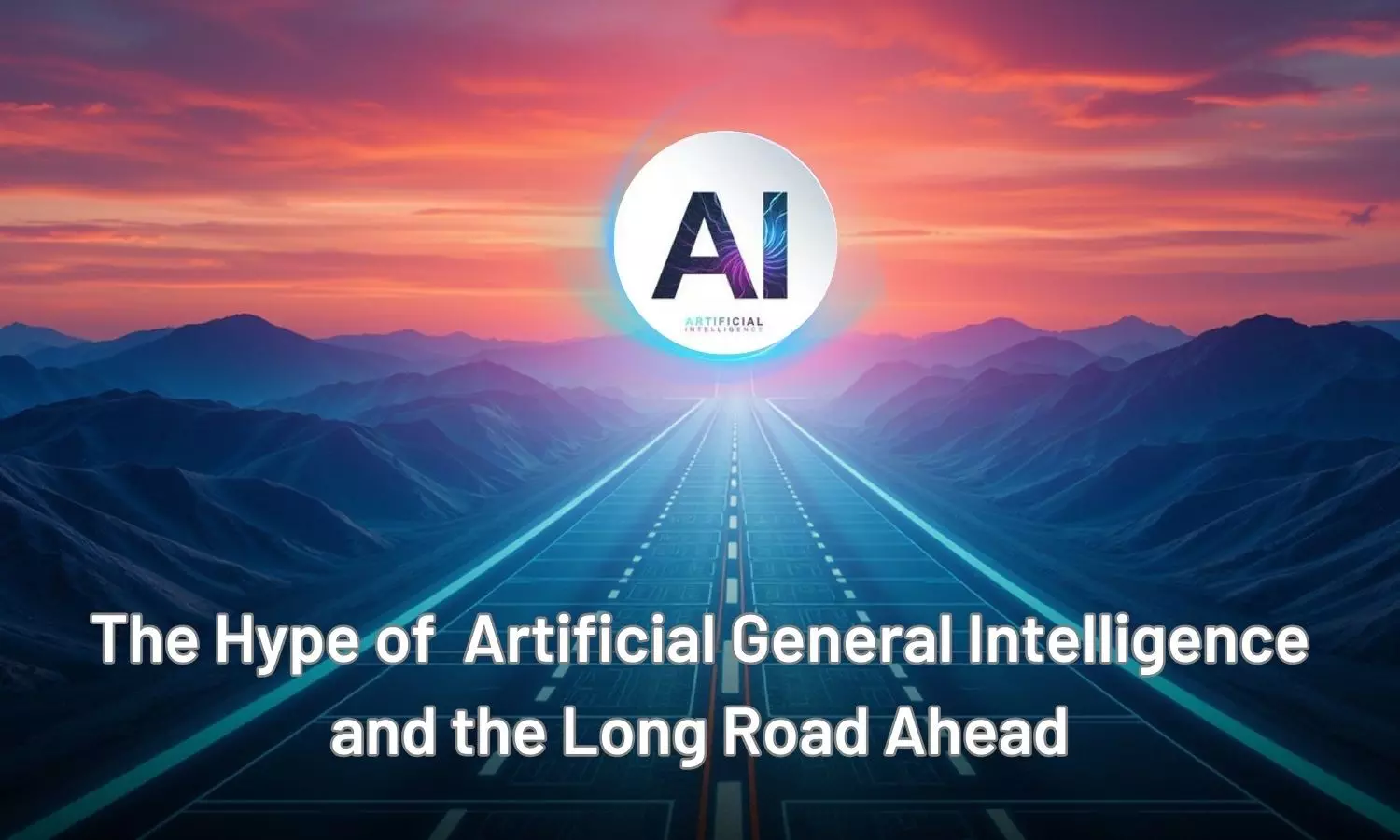The Hype of Artificial General Intelligence and the Long Road Ahead
Explore the excitement around Artificial General Intelligence (AGI) and understand why its realization may still be a long journey despite the buzz.
The Hype of Artificial General Intelligence and the Long Road Ahead

What's behind the hype with Artificial General Intelligence?
Artificial General Intelligence (AGI) isn't just a trendy term—it's an idea that has sparked excitement across the tech industry and beyond. Think of a machine with the ability to learn, adapt, and perform any intellectual task a human can, from solving complex problems to engaging in creative thinking. But what exactly is AGI, and why is it causing such a stir?
What makes AGI different from AI?
To understand AGI, let's first look at traditional Artificial Intelligence (AI). Most AI we see today, like the systems that recognize faces in photos or help us talk to virtual assistants, are examples of what's called narrow AI. These systems are designed to perform specific tasks really well, but that's about it. They follow strict programming and can’t think or learn beyond what they've been trained to do.
It’s like having a computer with the cognitive abilities of a human being, capable of handling a wide variety of tasks and adapting to new situations without needing to be reprogrammed.
The journey towards AGI
The idea of creating machines that think like humans isn’t new. Back in the 1940s, pioneers like Alan Turing started exploring the possibility of computers that could mimic human thought processes. This led to the development of many ideas and technologies that are now fundamental to AI and AGI, such as neural networks, which are designed to function somewhat like the human brain.
AGI vs. AI: The real potential
AGI isn’t just about doing things better than AI; it’s about doing things differently. While narrow AI systems can only work within their programming, AGI could innovate across various fields, from healthcare to education to business. For instance, in healthcare, narrow AI can analyze medical images or suggest potential new drugs, but AGI could take things further by integrating vast amounts of medical knowledge, personalizing treatment plans, and making decisions with the expertise of a seasoned doctor.
The roadblocks to AGI
Despite all the excitement, creating AGI is no small feat. Many experts believe we are still decades away from seeing true AGI, if it’s even possible. Building AGI requires us to rethink how we design AI systems. Current AI models are great at specific tasks but struggle to generalize knowledge across different areas, which is essential for AGI. Researchers are exploring new methods like neural architecture search (NAS) and federated learning to overcome these challenges. NAS helps in creating more flexible AI models, while federated learning allows AI systems to learn from decentralized data without compromising privacy.
Another big challenge is understanding human intelligence deeply enough to replicate it. This is where insights from fields like neuroscience and psychology come in. Tools like brain-computer interfaces (BCIs) and neuroimaging technologies are helping us learn more about how the human brain works, which is crucial for developing AGI.

